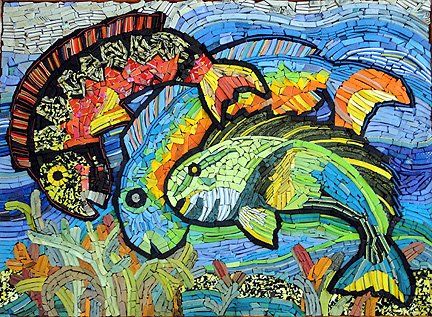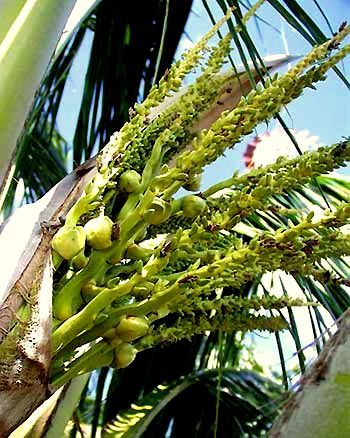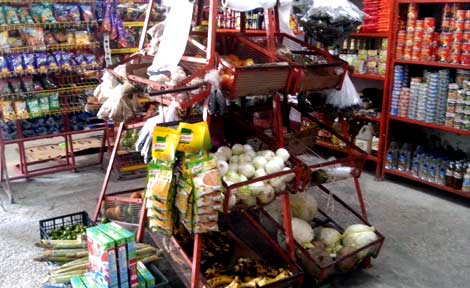Everyone loves Tamales (or how to learn to love them if you don't)
Tamales may be the most popular food in all of Latin America, but in Mexico -- its the National food
Legitimately, it isn't tacos, but Tamales that can be considered the national food of Mexico, although its popularity extends throughout Latin America where there are more than 400 varieties. I try to sample tamales wherever I find them. I've become a Tamale "snob" and find that I don't usually care for dry ones, and for that reason, I love Tamales Coladas. I also love it when the mix herbs with the masa -- something done commonly here in the Yucatan penninsula.
Wikipedia describes Tamales as having been traced back before the Ancient Maya people, who prepared them for feasts. Aztec and Maya civilizations, as well as the Olmeca and Tolteca before them, used tamales as portable food, often to support their armies, but also for hunters and travelers. Tamale use in the Inca Empire had been reported long before the Spanish visited the New World.
In Mexico, tamales begin with a dough made from Maiz, a large white corn that is soaked in lime and then ground with some water to make a masa (or dough). Its then mixed with lard or vegetable shortening. Tamales are generally wrapped in corn husks or banana leaves before being steamed, depending on the region from which they come. Here in the Yucatan peninsula, they are usually wrapped in Banana leaves. They can have a sweet or savory filling and are usually steamed until firm. Here in the Yucatan Peninsula you can find them sold on the sides of the road, wrapped in their Banana leaves. They can be sweet corn, pineapple or coconut and chicken or pork. They can be steamed, baked, grilled over open fire or precooked in an open pan before assembling (Tomale coladas).
Tamales are a favorite comfort food in Mexico, eaten for both breakfast and dinner, and often accompanied by a variety of salsas, most commonly tomato, or in this area, a sauce made from masa. Street vendors can be seen serving them from huge, steaming, covered pots. The most common fillings are pork and chicken, in either red or green salsa or mole.
The cooking of tamales is traditionally done in large batches of tens if not hundreds, and the ratio of filling to dough (and the coarseness of the filling) is a matter of preference. While most tamales are rather square in shape, they can also often be very small almost bite sized or large— 15 inches (40 cm) or more— and thick; a local name for these in Veracruz is zacahuil, and these larger tamales are commonly known as "pibs" in the Yucatán Peninsula.
Varieties of Tamales are endless. It isn't uncommon to use chaya, hoja santa or avocado leaves, which can be eaten along with the filling. Tamales represent gatherings good times and Fiestas. Because they are made in such large batches they are often a group effort where several women and children gather together to make them. Tamales are usually eaten during festivities, such as Christmas, the Day of the Dead, Las Posadas, La Candelaria Day (February 2) and Mexican Independence Day. They can instantly make a party.
Living and Loving the Costa Maya and Mahahual











